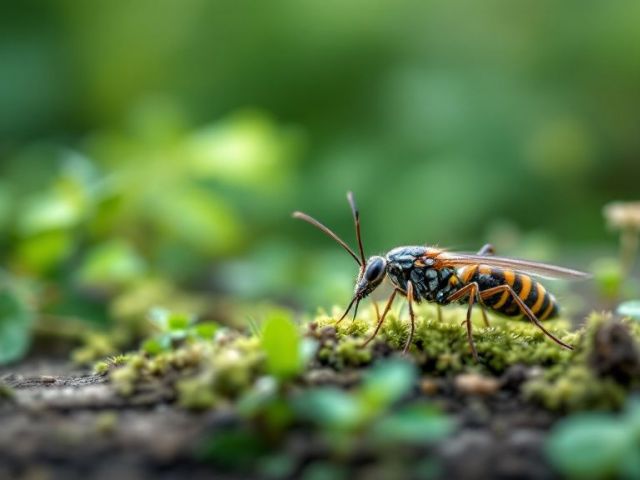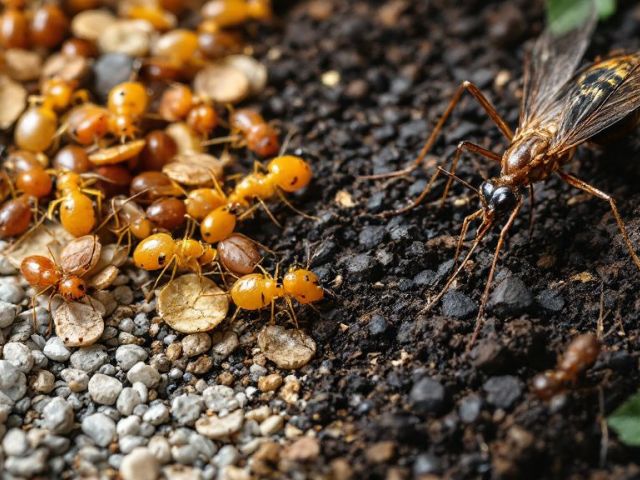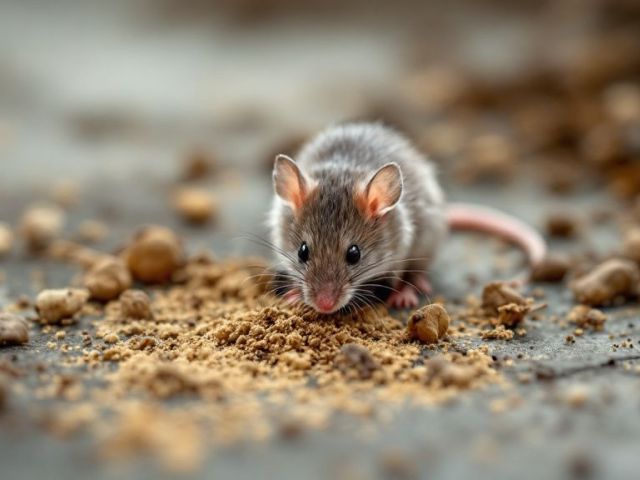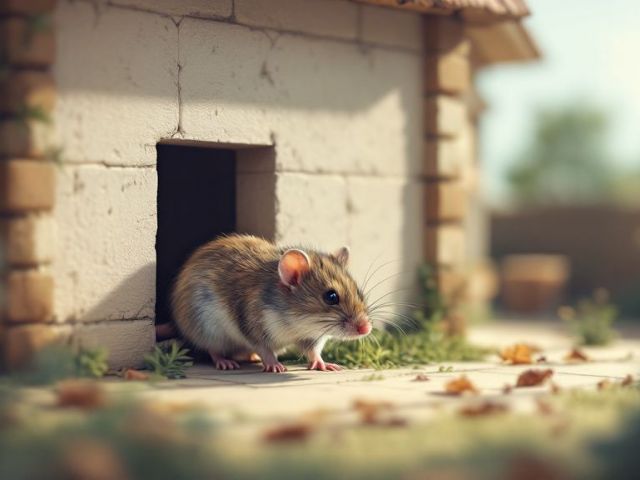Invasion of the Creepy Crawlers: Managing Roaches Ants and Bed Bugs
Encountering the unwelcome invasion of roaches, ants, and bed bugs can turn your home into a battleground. These persistent pests often infiltrate unnoticed, bringing discomfort and potential health risks. Roaches can scurry into the tiniest crevices, drawn by food sources, and can be a challenge to eliminate without understanding how to get rid of roaches effectively. Ants, with their regimented line formations, seem to find their way to any morsel left behind, requiring vigilance in sealing food and entry points. Meanwhile, bed bugs may silently make a haven within your bedding and furniture, making you suspect a need for bed bug inspection services to ensure your space is secure. Managing these intruders involves a strategic approach of prevention, targeted elimination techniques, and perhaps professional assistance to reclaim your peace of mind.
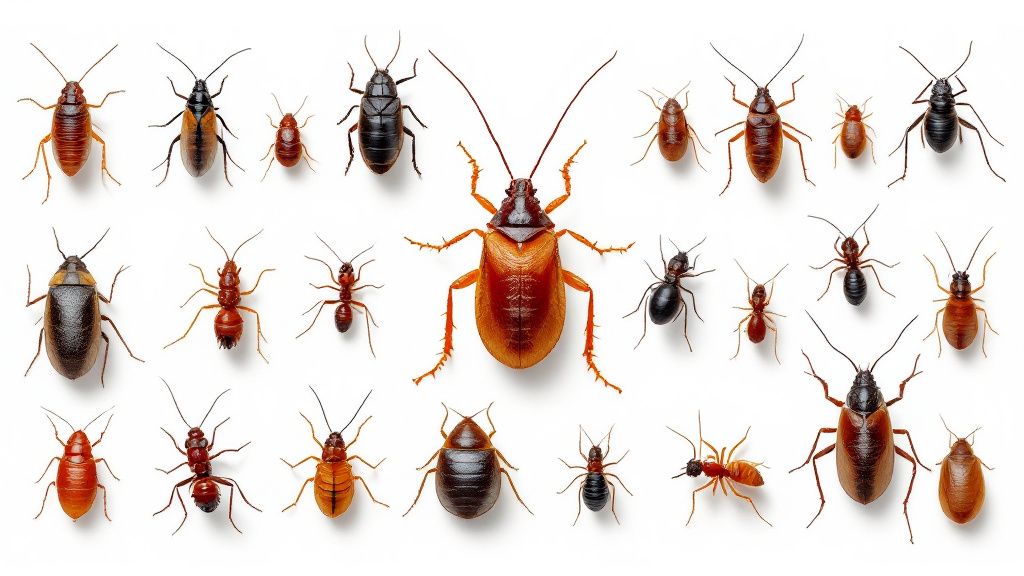
Understanding the Enemy: Identifying Common Household Pests
Identifying common household pests is essential to effectively managing them. Roaches are nocturnal scavengers, often inhabiting kitchens or bathrooms, with their flat bodies allowing them to navigate through narrow spaces. Ants, found in large numbers, are on a constant search for food and moisture. Recognizing their habits enables you to implement targeted solutions.
Roaches can spread quickly, so addressing infestations promptly is crucial. Learning how to get rid of roaches can prevent them from multiplying. Meanwhile, ants create trails to food sources. Blocking entry points and removing food attractants can disrupt their habitual patterns and reduce their presence in your home.
Bed bugs pose a unique challenge as they hide within mattresses and furniture. Conducting regular checks on your sleeping areas can help detect their presence early. Bed bug inspection services can efficiently identify and address infestations, ensuring that these pests do not make your bed their residence. Keep your home tidy and regularly inspect any second-hand furniture to fend off potential infestations.
To enhance your pest management efforts, try using natural deterrents. For instance, placing bay leaves where pests tend to gather can deter roaches and ants. Integrating these simple and practical strategies can significantly reduce the likelihood of these pests invading your living space.
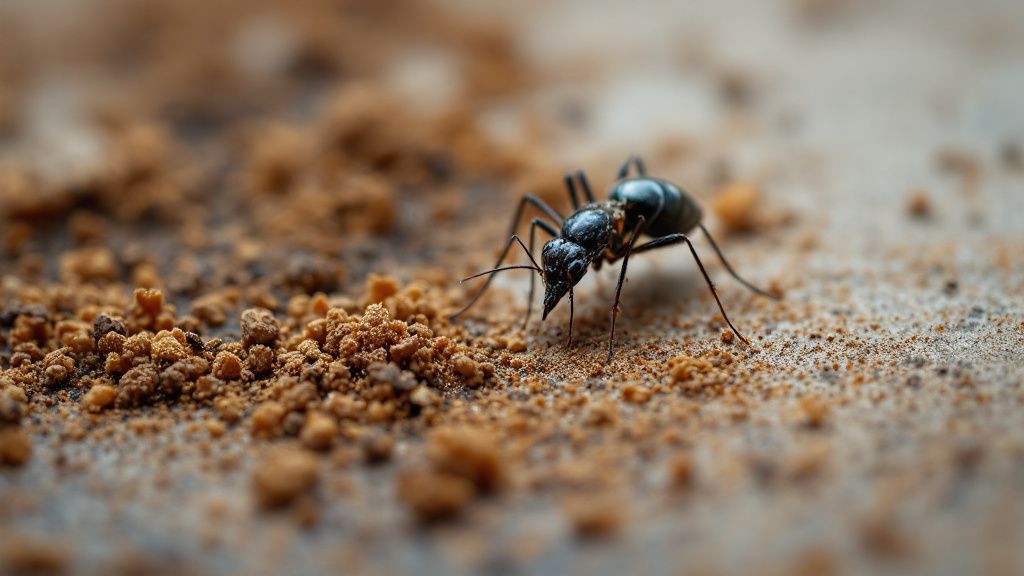
Signs of an Infestation: What to Look For
Recognizing the signs of a pest infestation in your home is crucial for taking swift action. For roaches, you might notice droppings resembling ground black pepper in kitchen cupboards or dark, oily spots. A musty odor could also indicate their presence, especially when they gather in large numbers. For ants, watch for lines of movement, as they often create visible trails when marching to and from food sources. Discarded wings near windowsills can suggest activity, helping you identify areas needing treatment.
Bed bugs leave more subtle clues, such as small, rust-colored stains on bedding or bites that appear in clusters on your skin. You may also detect tiny eggs or shed skins close to your bedding seams. Tracing its evolution from ancient Egypt, bed bugs have learned to cleverly hide in crevices, complicating detection without careful inspection. This historical context emphasizes the importance of relying on bed bug inspection services, ensuring a thorough examination of your home where pests often hide. Staying vigilant and attentive to these signs is your first line of defense against the troublesome intrusion of these unwelcome invaders.
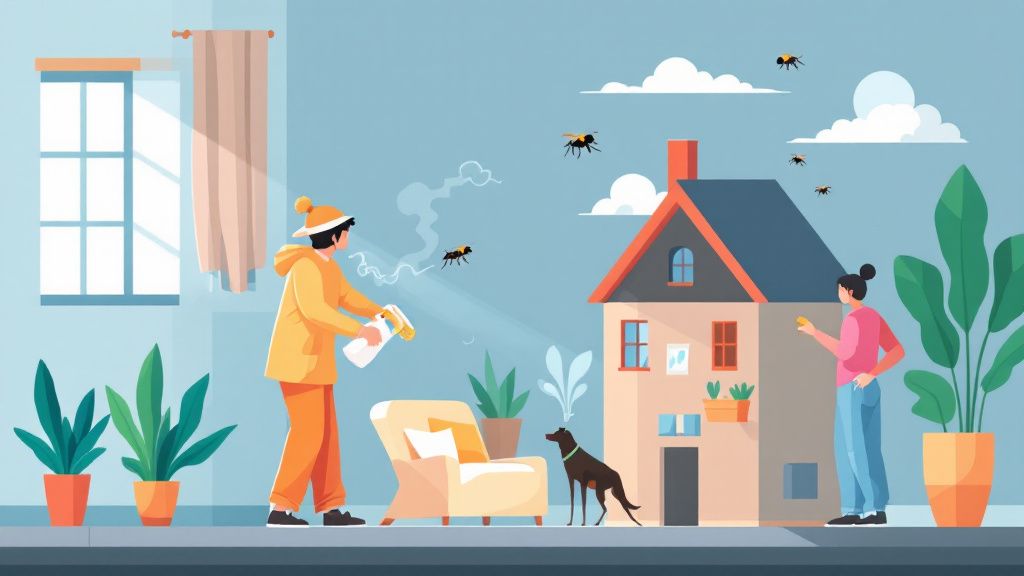
Preventive Measures to Keep Pests at Bay
Preventive measures are key to keeping a pest-free home. Start by sealing cracks and crevices in your home’s foundation and around windows and doors, as these are common entry points for roaches and ants. Keeping kitchens and pantries clean, with food stored in airtight containers, can effectively deter these pests from seeking out your home as a food source.
Regularly inspecting your sleeping areas helps ward off bed bugs. Vacuuming mattresses and laundering bedding with hot water can eliminate potential hiding spots. Consider contacting bed bug inspection services to conduct thorough examinations, identifying any signs before they become a significant issue.
What most people don’t see about pest management is the integrated approach that makes all the difference. Combining sanitation, exclusion, and systematic checks offers a comprehensive defense against infestations. This behind-the-scenes strategy not only prevents pests from settling but also reduces the likelihood of recurring problems.
Landscaping adjustments can also help keep pests at bay. Trimming shrubs and maintaining distance between plants and your home can eliminate pathways that ants and other insects use to reach your property. These simple, yet effective, tactics form a robust line of defense, ensuring your space remains a sanctuary free from unwanted invaders.

Natural Remedies for Pest Control
Exploring natural remedies for pest control raises an essential question: How can you minimize pests while maintaining a safe environment at home? Utilizing natural solutions can help you achieve this balance without relying on harsh chemicals. Essential oils, like peppermint and lavender, are known for their deterrent properties. When diluted with water and sprayed around windows and doorframes, they can repel roaches and ants, giving you a fragrant shield.
Diatomaceous earth is a fine powder, effective in your arsenal against crawling insects. Sprinkling it along baseboards and under sinks can dehydrate and damage roaches and ants on contact. Safe for pets and humans, this natural substance offers a practical solution without the side effects of conventional pesticides. Regular application can contribute to ongoing prevention efforts.
Another potent natural solution includes vinegar mixed with water. This simple mixture can disrupt the scent trails ants rely on for navigation. Regularly spraying this mixture on countertops and entry points can confuse these pests, reducing their visits. The acetic acid in vinegar is a mild irritant to most household insects, making your space less appealing.
For managing bed bugs, try steam cleaning mattresses and furniture surfaces. High temperatures can eliminate bed bugs and their eggs without introducing toxins. Complement this with essential oils like tea tree oil, which, when diluted, can also be used to wipe down potential hiding spots. Together, these actions form an eco-friendly strategy for bed bug control.
Employing these natural remedies shows that understanding how to get rid of roaches and ensuring a comfortable sleep without bed bug disruptions doesn’t always require chemical interventions. Bed bug inspection services can aid in affirming your space’s safety, but these natural approaches complement professional assistance, offering a holistic approach to pest management while remaining environmentally conscious.
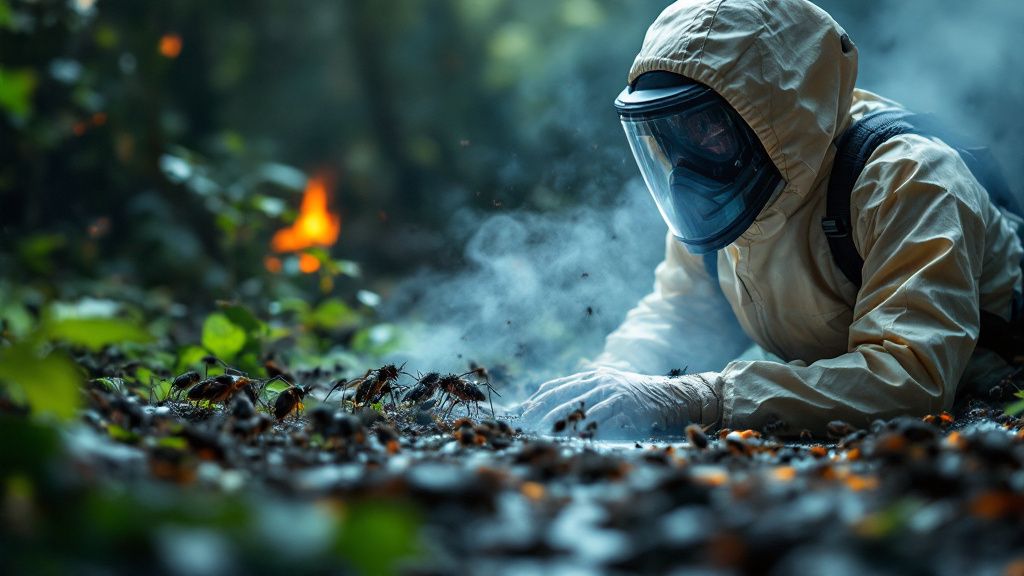
Effective Chemical Solutions for Severe Infestations
In cases of severe infestations, effective chemical solutions can become necessary. One of the challenges in addressing persistent roach invasions is their ability to resist common deterrents. This issue can be addressed through the use of targeted insecticides, specifically designed to eliminate roaches by targeting their nervous systems. Gel baits are particularly effective, as they attract and poison these pests, working from the inside out, resulting in substantial population reduction.
When it comes to bed bugs, their resilience often requires a different approach. The use of professional-grade chemical treatments, such as pyrethroid-based sprays, can provide a potent solution for eradicating these persistent insects. Often paired with bed bug inspection services, these chemical solutions penetrate into hard-to-reach areas, ensuring that even hidden nests are thoroughly treated. Proper application by trained professionals maximizes effectiveness while minimizing the impact on your living environment.
Despite their efficacy, chemical solutions should be used cautiously, considering all safety guidelines and potential impacts on non-target species. For severe ant infestations, perimeter and barrier sprays can create a chemical shield around your home, preventing re-entry. Understanding how to get rid of roaches and other pests using these methods can often necessitate professional intervention to guarantee safety and efficacy. These chemical approaches complement other strategies, forming a comprehensive defense and ensuring your home remains a pest-free zone.
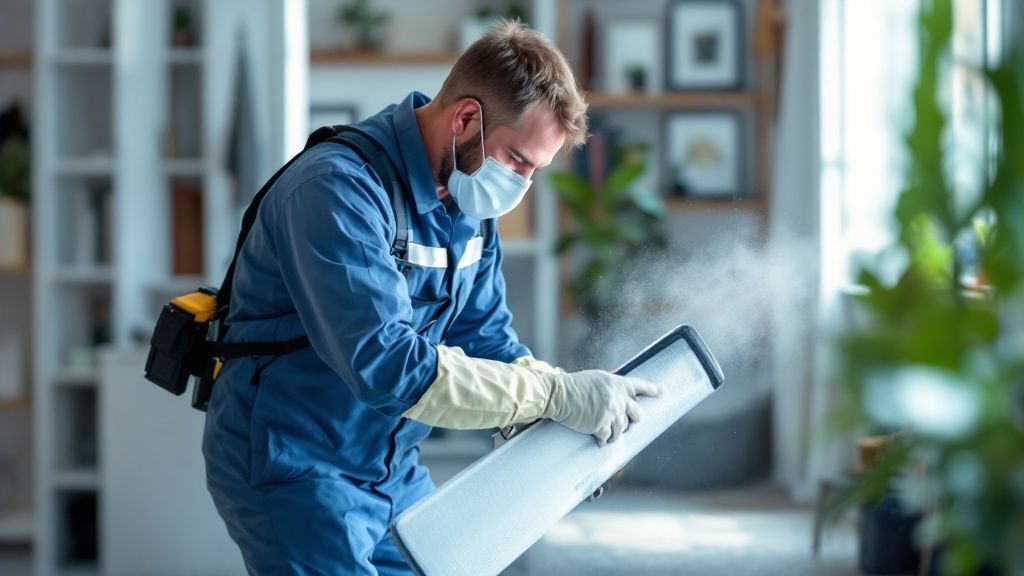
Hiring Professional Pest Control: What to Expect
Hiring professional pest control can offer you peace of mind and a comprehensive solution to pest problems. Upon arrival, technicians will perform a thorough inspection to identify the extent of the issue, focusing on roaches, ants, and bed bugs. They will provide a customized treatment plan tailored to your specific situation, utilizing both chemical and non-chemical methods for effective management.
During the treatment process, professionals will deploy targeted insecticides and other control measures that are both safe and highly effective. They will also offer guidance on how to get rid of roaches more efficiently and suggest preventative actions you can implement to avoid future infestations. Communication is key, and reputable services will ensure you understand every step of the process.
One bold prediction for the future of pest control is its likely shift towards more eco-friendly options. In the next few years, advancements in pest management may focus on sustainable solutions that minimize chemical use while maximizing efficacy. This transformation aims to ensure healthier homes and environments, demonstrating an industry evolution responsive to ecological needs and consumer demand.
Expect follow-up visits to monitor progress and assess the success of the treatment, ensuring pests are effectively eliminated. Professionals can also provide bed bug inspection services to confirm that your living space is clear of these stubborn intruders. By choosing expert assistance, you benefit from their expertise and commitment to keeping your home safe and pest-free.
